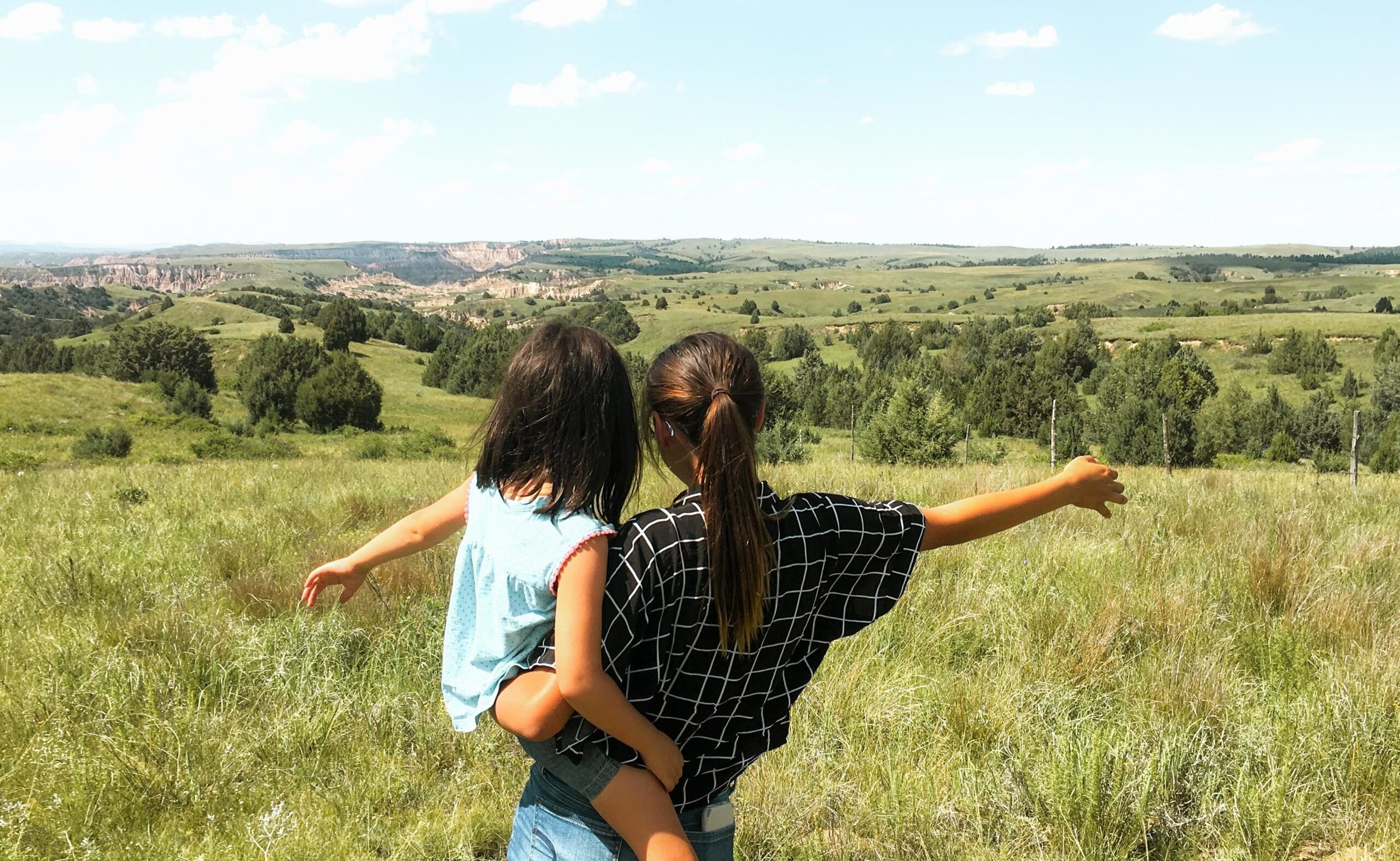Announcing Our New Storymap: The Legacy of Allotment on Contemporary Native Agriculture
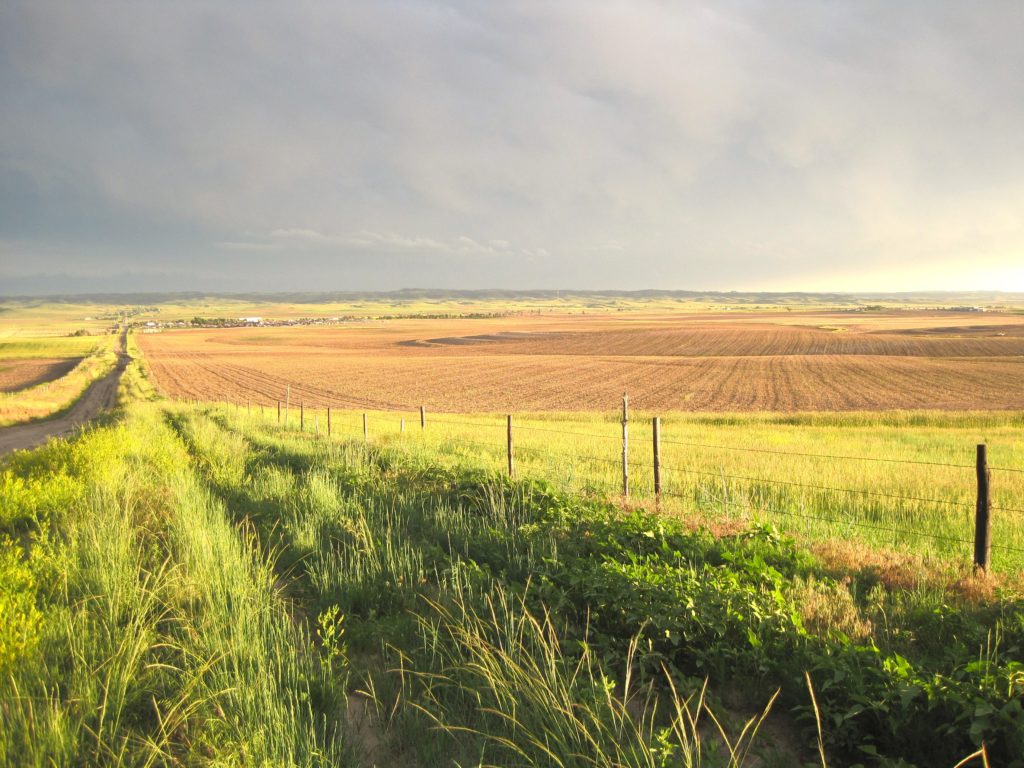
What did early reservation agriculture look like? What is the settler colonial myth, and how has it distorted the perception of Native agriculture? What is the historical legacy of allotment? How are Native communities actively resisting and healing from this legacy? The Native Lands Advocacy Project is thrilled to announce our newest storymap: The Legacy of […]
The Legacy of Allotment on Contemporary Native Agriculture

In this storymap, we explore recent data from the USDA Census of Agriculture for American Indian Reservations to illustrate the devastating and intergenerational impacts of the Dawes Act. Although we trace current disparities back to their roots in oppressive agricultural policies, Native communities across the country have been leading efforts to change the narrative.
Ground Water on US Native Lands
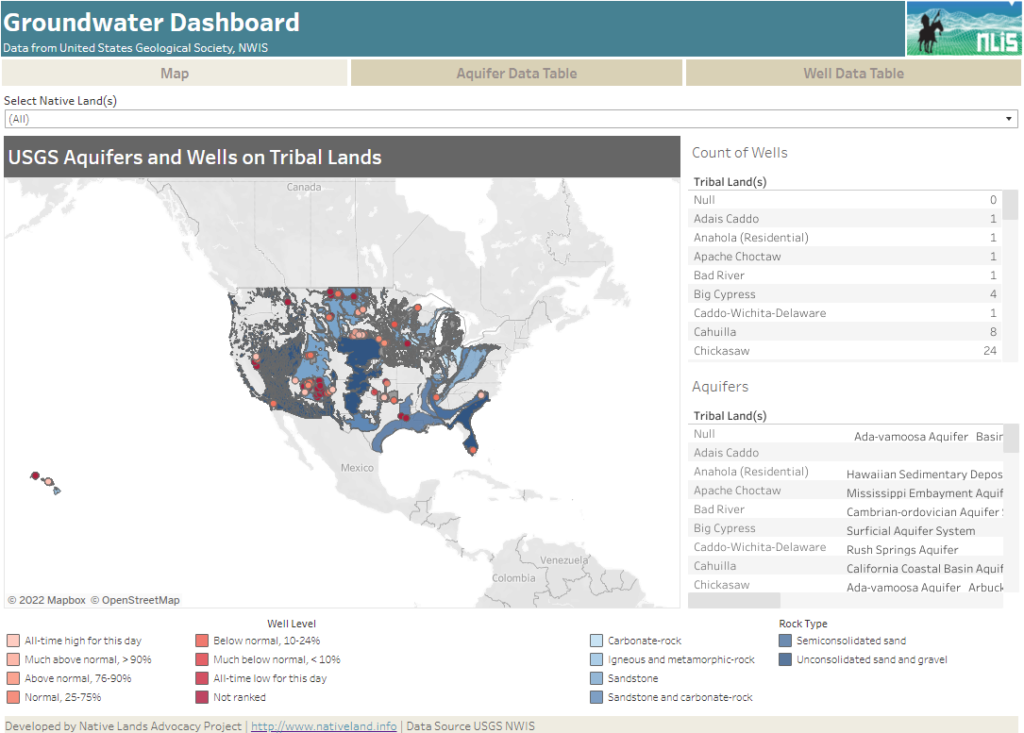
About this Dashboard This data dashboard summarizes data from the National Ground-Water Monitoring Network, and the national datasets of principle aquifers and aquifers of alluvial and glacial origin for Native Lands in the United States. This data shows underlying water resources and data monitoring the condition of wells on Native Lands. 0 Aquifer Types 0 […]
Surface Waters on Native Lands Dashboard
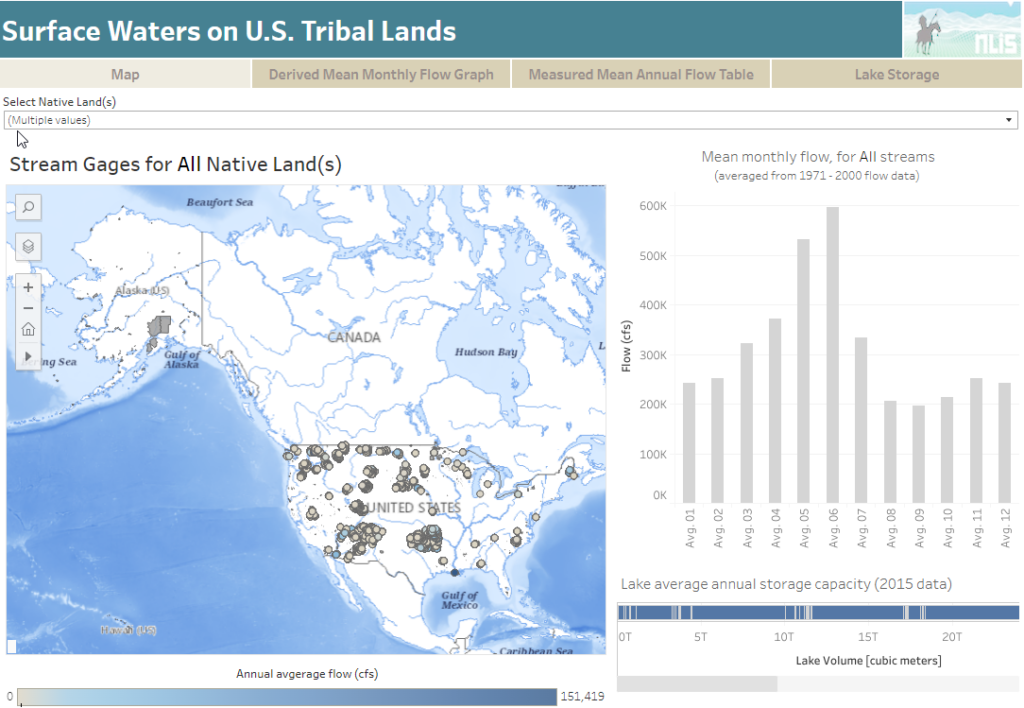
About this Dashboard This data includes the USGS’s National Hydrography Plus Dataset V2 (NHDPlus), released in 2012, and the 2021 TIGER Boundaries for U.S. American Tribal lands as of January 1st, 2021, as reported by the federally recognized tribal governments through the Census Bureau’s Boundary and Annexation Survey (BAS). Overlapping features and associated data from […]
Announcing Update to our Cropland Data Layer Dashboard!
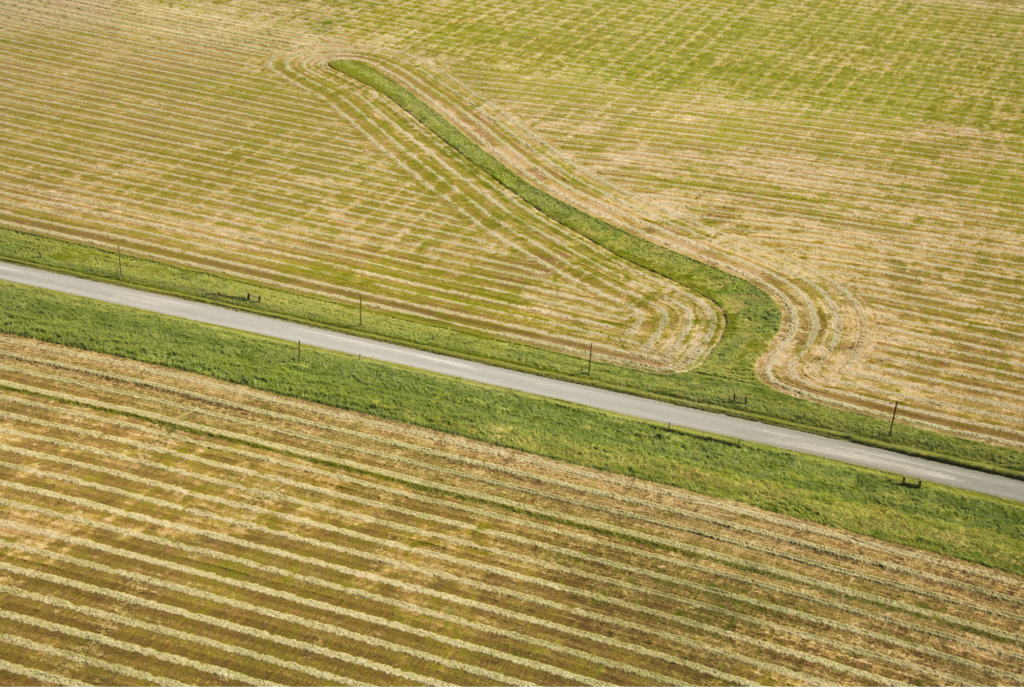
Our “What’s Growing on Native Lands?” Dashboard is now updated with the 2021 data from the United States Department of Agriculture’s (USDA) Cropland Data Layer, making our dashboard a more timely resource for Native land caretakers to use in monitoring the status of their homelands! According to the the USDA, the Cropland Data Layer (CDL) is […]
New Updates to our SSURGO (Soil Survey) Dashboard!
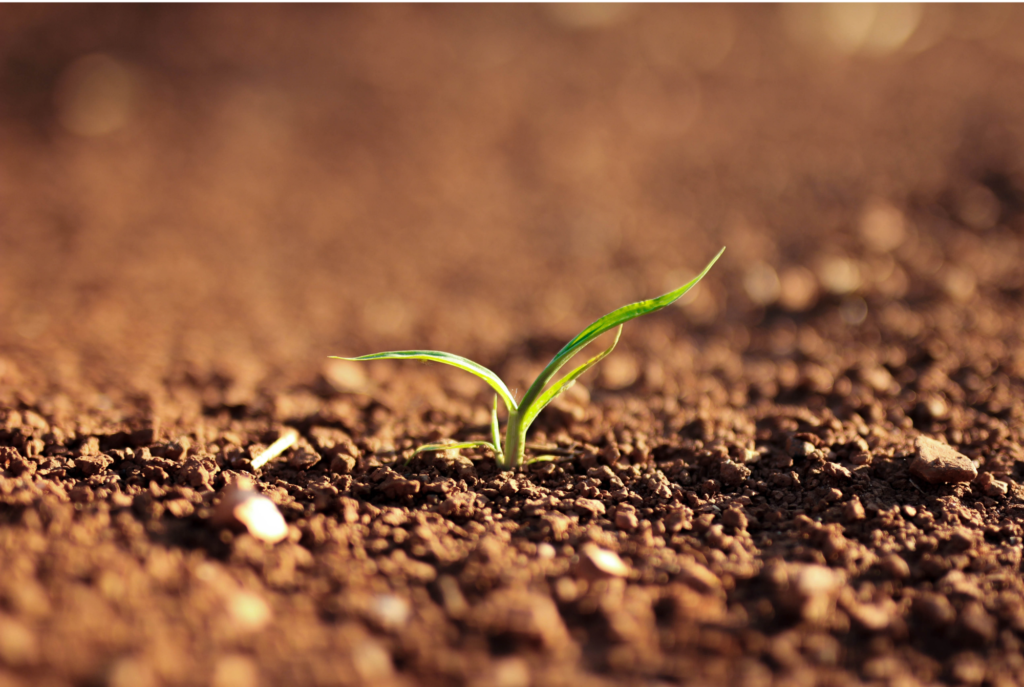
We have compiled and uploaded the most recent data from the 2021 Soil Survey Geographic Database (SSURGO) into our “Soil Capability on CONUS Native Lands” Dashboard! According to the Natural Resources Conservation Service (NRCS), The SSURGO database provides the most detailed level of information and was designed primarily for farm and ranch, landowner/user, township, county, […]
Announcing New Updates to Our National Land Cover Database Dashboard!
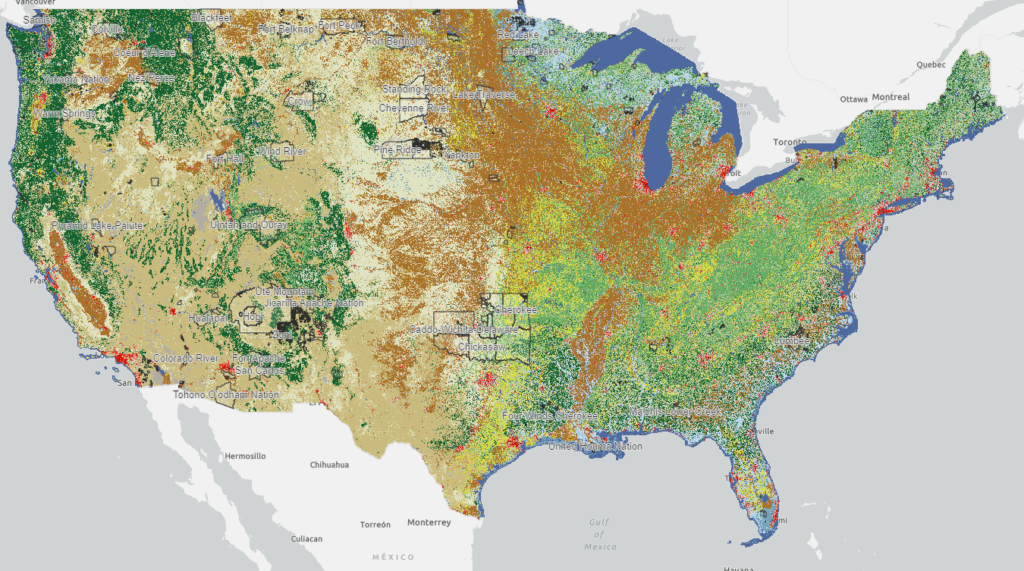
By Raven McMullin // April 18, 2022 NLAP remains committed to making available to Tribes, Native organizations, and land caretakers the most relevant and current data critical for Native land planning and research. In furtherance of this commitment, we are excited to announce new updates to our National Land Cover Database Dashboard (NLCD) along with a […]
National Land Cover Database: Tribal Lands Viewer

This map viewer visualizes every available year of the National Land Cover Database (NLCD) and makes it possible to filter for 848 native land areas (reservations and off reservation trust lands) in the United States for 2001 and 2019.
ESRI Landsat Explorer
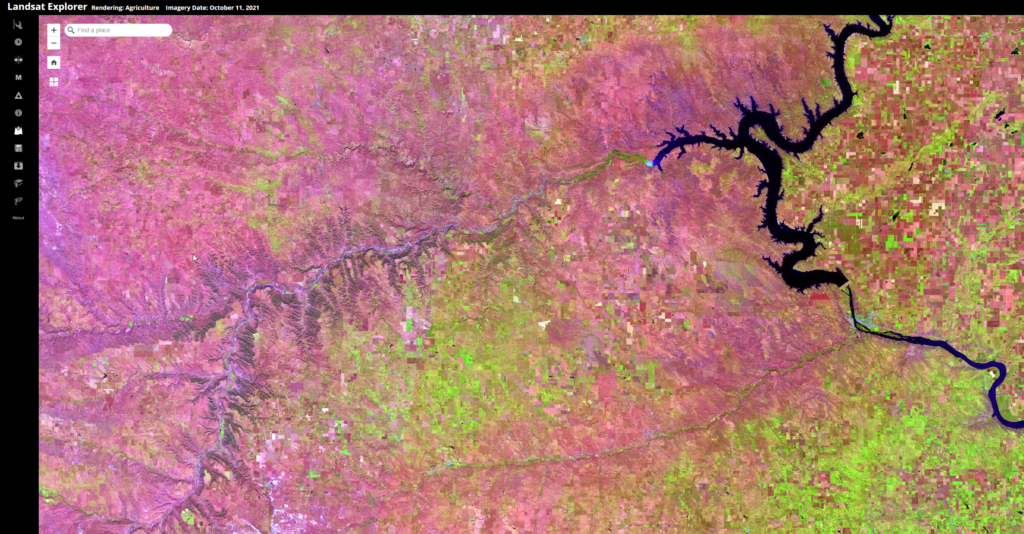
Esri Landsat Explorer app provides the power of Landsat satellites, which gather data beyond what the eye can see. Use this app to draw on Landsat’s different bands to better explore the planet’s geology, vegetation, agriculture, and cities. Additionally, access Landsat imagery from the last forty years to visualize how the Earth’s surface has changed over time.
Completing the Narrative: Cheyenne River Sioux Tribe’s Policy Change Promotes Expansion of Native Agriculture Producers
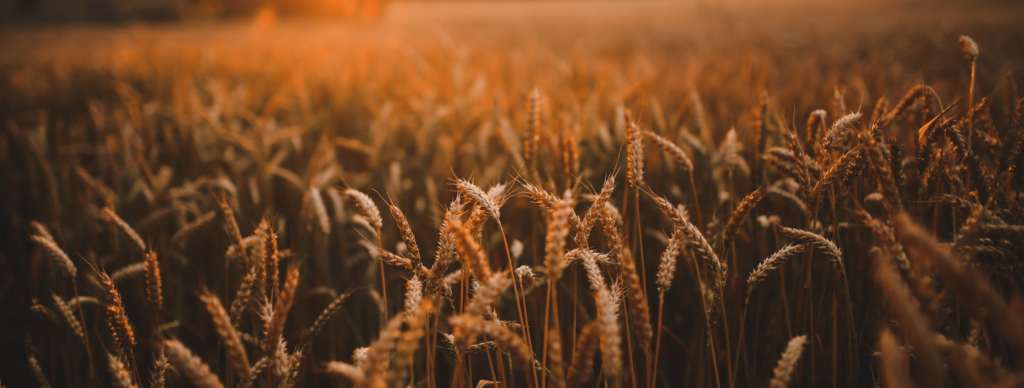
By Raven McMullin Since the inception of the Native Lands Advocacy Project (NLAP), we have been committed to compiling publicly available datasets for the purpose of gaining a fuller understanding of Native American agriculture nationwide—and, more importantly, to compile a comprehensive data source for Native communities to utilize in the protection of their homelands. In […]
Use of Chemicals for Croplands on Native Lands by Non-Natives Considerably More Than Use by Natives

By Evelyn Red Lodge Sicangu Lakota (Rosebud Sioux Tribe Member) Given history, it is not surprising that non-Natives collect 87% of the agricultural revenue from federally recognized Native reservation lands. What is surprising is that even though Natives operate 49.29% of cropland farms on these reservation lands, 92% of all chemicals purchased for reservation cropland operations […]
USDA Census of Agriculture for American Indian Reservations
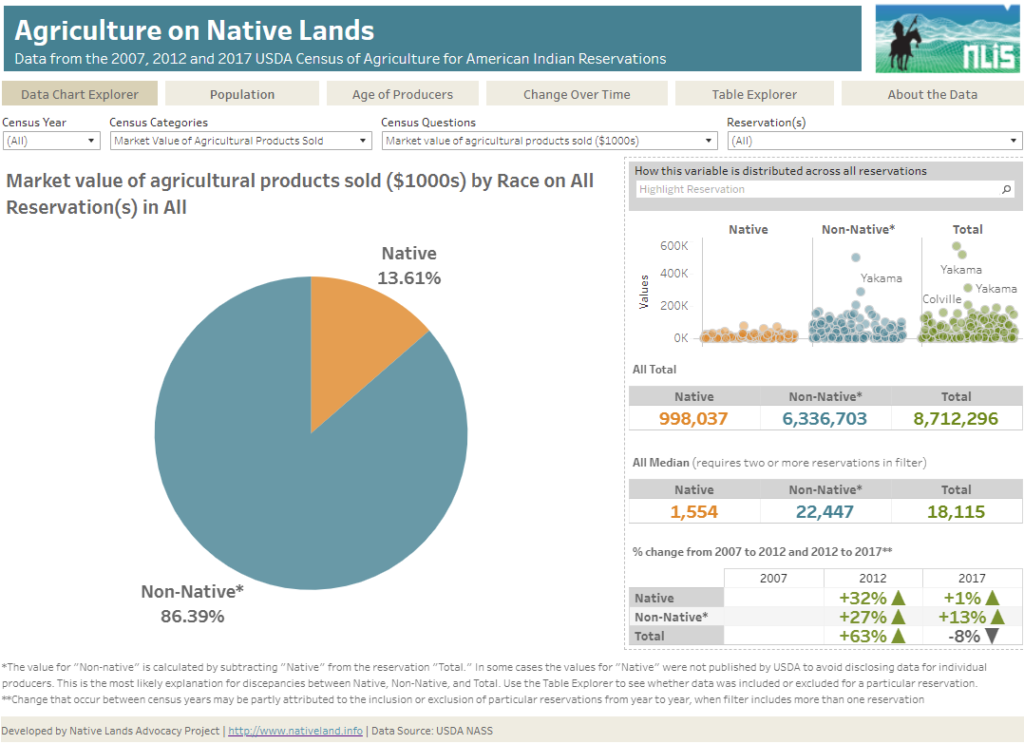
About this Dashboard This dashboard was developed by the Native Lands Advocacy Project to make data from the 2007, 2012, 2017, and 2022 USDA Census of Agriculture for American Indian Reservations more accessible for tribal stakeholders. Unlike the published data, this dashboard allows users to view data for a single reservation or multiple reservations in aggregate, […]

